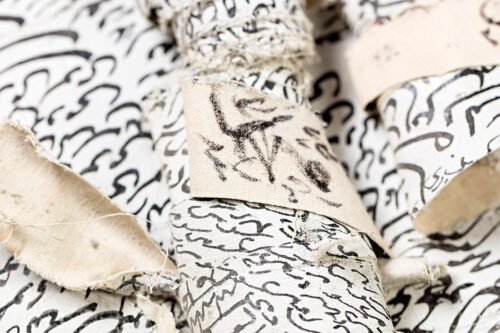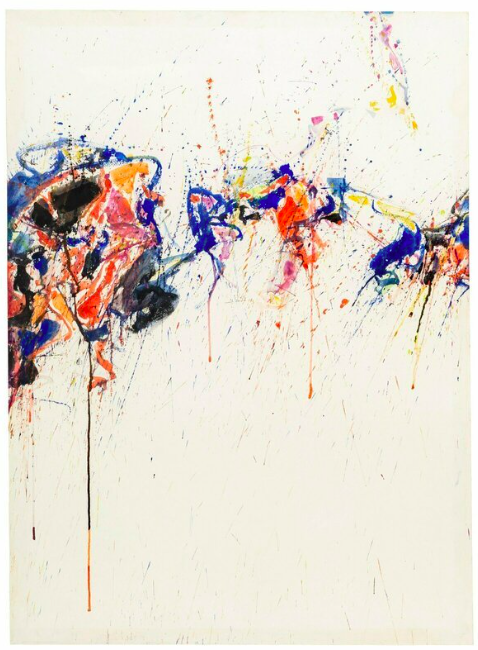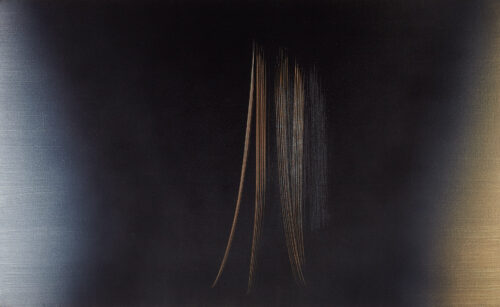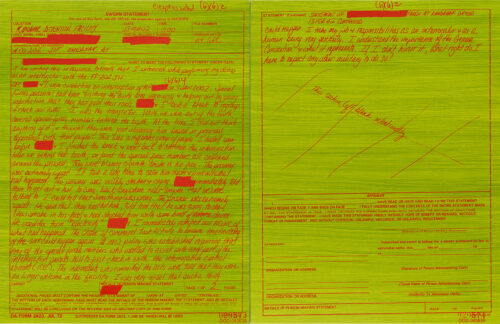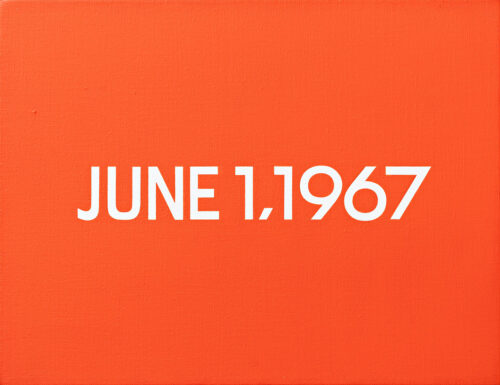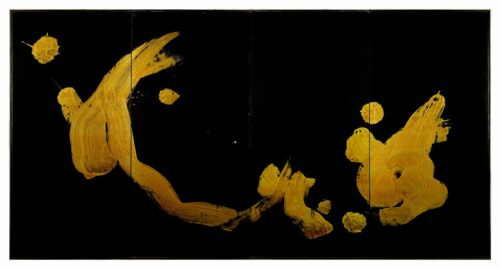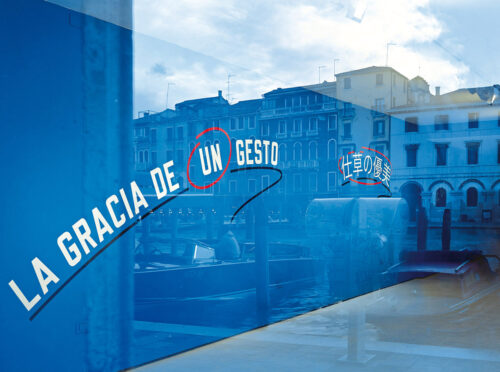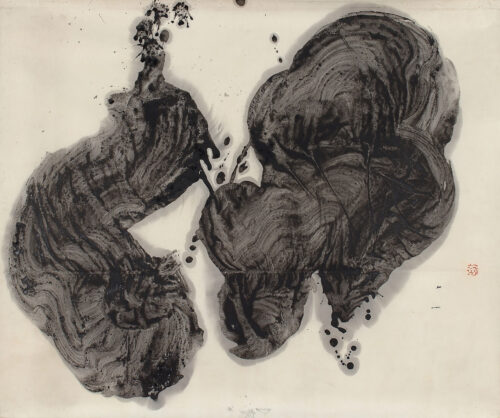Etel Adnan
Etel Adnan’s visual works feature suns, moons and luminous colors. Her roots as a writer and artist are Lebanese; she grew up in Arab Beirut with Greek and Turkish as her first languages. Her poetry is clear and haunting; it is also political. The texts in her fold-outs stand for what can be said – but she anchors the written words in the inexpressible domain of bright colors. She studied at the Sorbonne, Berkeley and Harvard, which is why she writes in Arabic, French and English. For a long time she lived in Sausalito, California, where she also began to paint.
More about Etel Adnan
